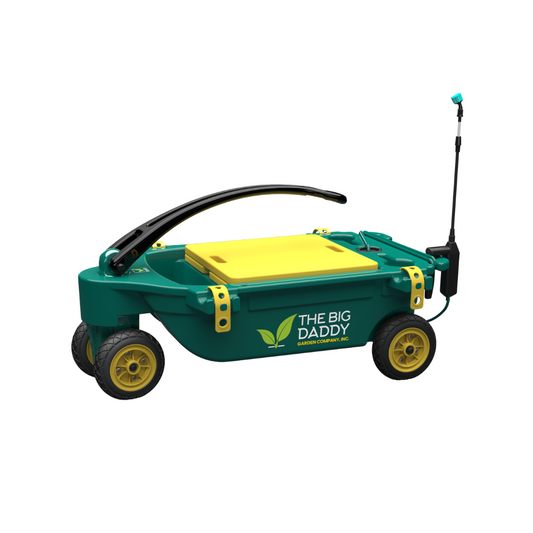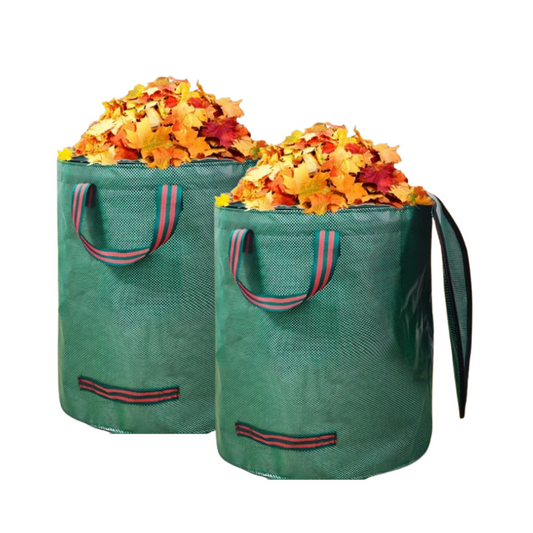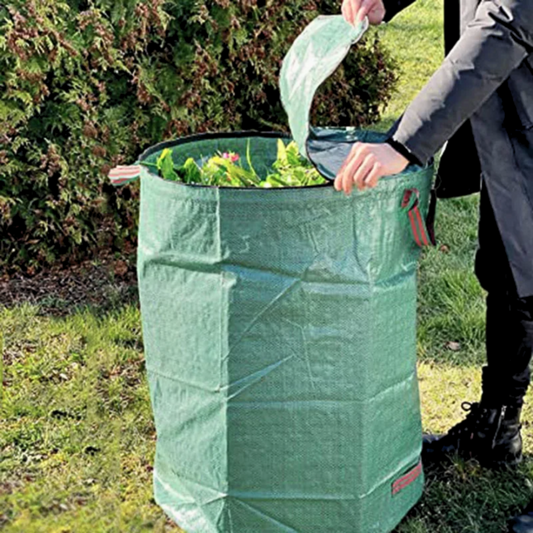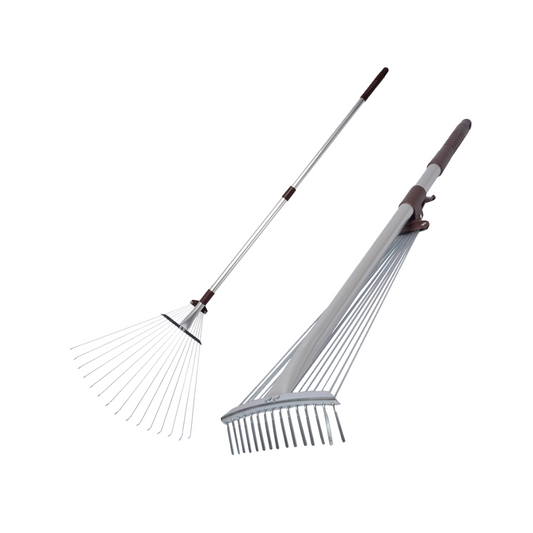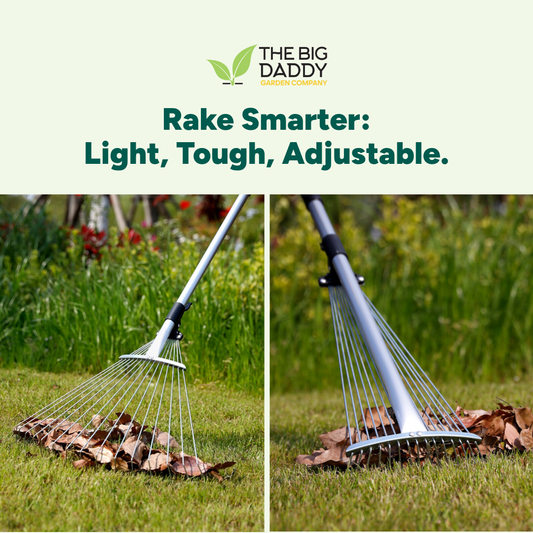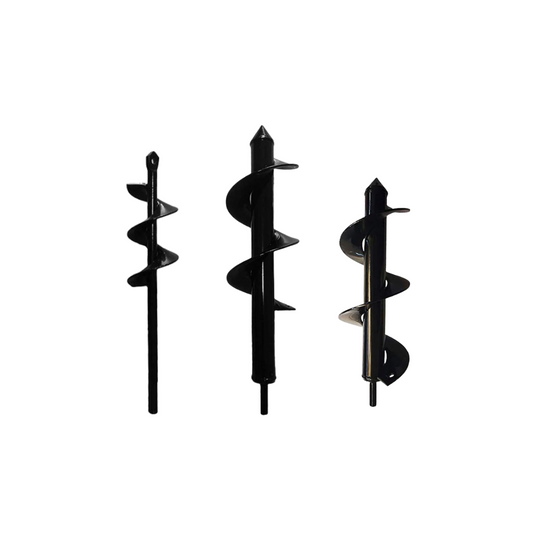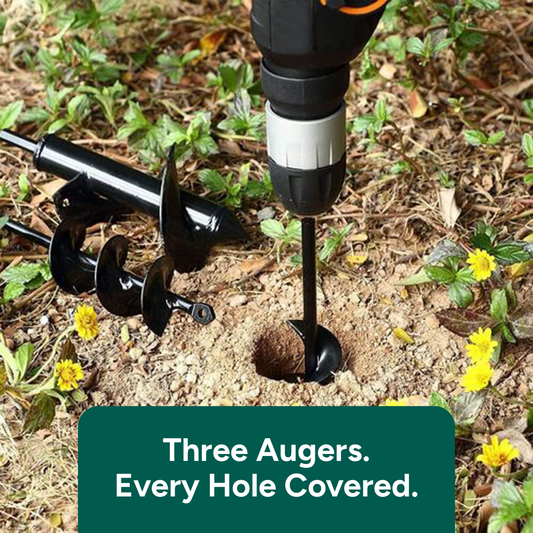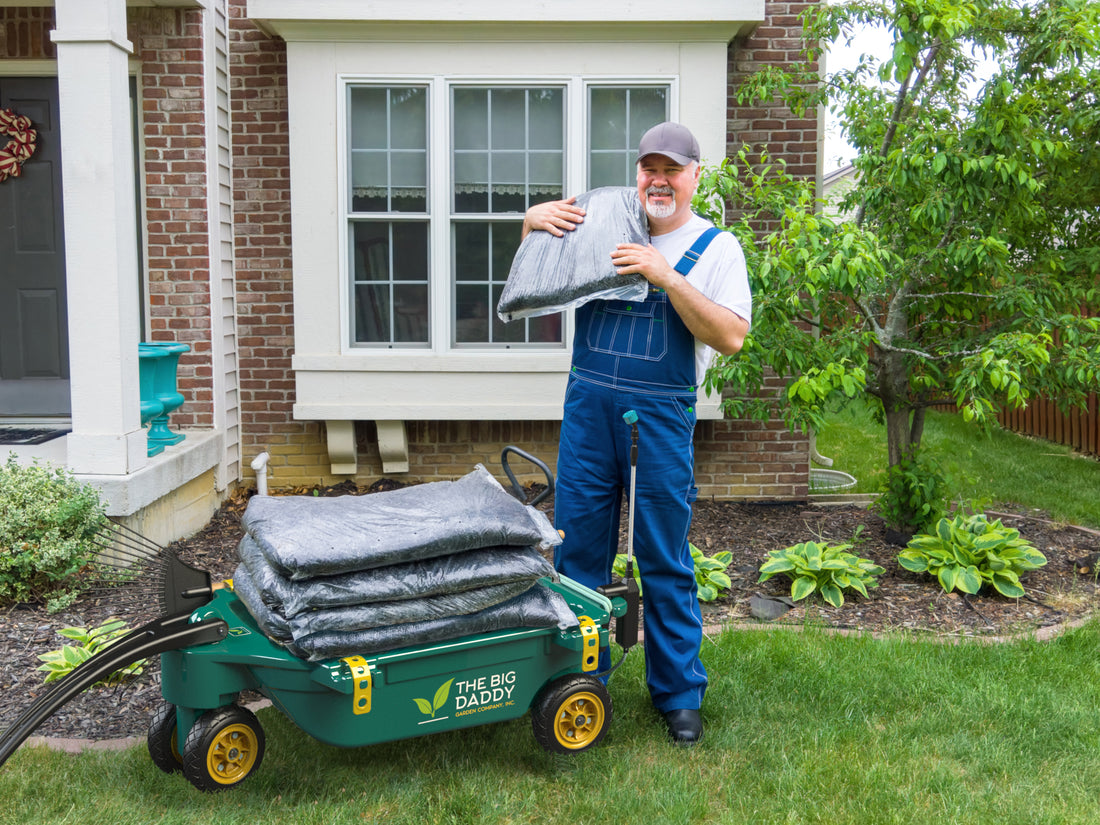
Uncover the Top Garden Caddy: A Guide to Review-Driven Purchases
Are you tired of lugging around your gardening tools? It's time to introduce a garden caddy into your routine. This handy gardening companion can make your outdoor chores easier, more organized, and even a bit more enjoyable.
But with so many options on the market, how do you choose the right one? You're in luck! We've got the scoop on how to find the best garden caddy that fits your needs.
Whether you're a seasoned gardener or a newbie, we'll guide you through the process, ensuring you make the right choice.
Determine Your Gardening Needs
Before diving into the murky waters of garden caddy selection, your first step is to identify what you genuinely need in a garden caddy.
This isn't about what looks fanciest or has the highest number of pockets but aligning your purchasing decision with your specific gardening needs and habits.
Perhaps you're the sort of gardener who prunes and tidies every day? Or maybe you're more of a weekend warrior type who tackles everything in one go? Either way, consider the volume of tools you typically use. Take a look at your garden tool collection.
Are they small, handheld tools or bulky, larger ones? Do you need to carry plants or seedlings too? Is there a need for a place to stash a water bottle or perhaps your gardening gloves?
Your responses to these questions will guide your garden caddy selection. Let's say you have a lot of tools, you'll want a caddy that can accommodate them and possibly one with wheels to ease transportation.
However, if your tool collection is minimal, a simple tote could suit your needs just fine.
It's important to realize the practicality over aesthetics. Think about which garden caddy material would work best for you. Metal caddies are durable and can deal with heavy items but can rust.
Plastic caddies are lighter, easier to clean, but may crack under pressure of weighty items. Fabric caddies won't rust or crack, but they can tear, and they might not stay upright, making it hard to find your tools.
Also, think about where you'll store your caddy when it's not in use. Will it live in a shed or a garage? Or will it need to cope with being left out in the elements? Again, this insight could guide your choice of material.
You found your needs, and the next step is finding out what's out there that fits these requirements. Isn't it exciting to just envision your future garden caddy meeting your needs effortlessly and making your gardening chores a breeze?
Consider Material and Durability
As you dig deeper into your garden caddy search, another critical factor surfaces that deserves your close attention: the material and durability of your potential caddy.
By giving due importance to this factor, you're investing your time and money in a tool carrier that's built to last and withstand the rigors of garden duty. This choice directly impacts not just how long your caddy serves you but also the overall garden experience.
Garden caddies are constructed from a variety of materials such as plastic, wood, or metal. Each of these poses its own benefits and restrictions.
Comparing and contrasting these in light of your specific gardening requirements can guide you to your ideal caddy.
Plastic caddies are lightweight and easy to clean, making them ideal if portability plays a major role in your garden routine.
They aren't easily damaged by water and can survive the outdoor climate. However, they may lack the durability to carry heavy tools.
On the other hand, wooden caddies are known for their sturdy construction and traditional aesthetic. They make a stylish choice but might require more maintenance to prevent rotting.
Metal caddies bring a blend of durability and style. Although these carriers are generally more durable and heavier than their counterparts, they can rust if not properly cared for.
Aside from the type of material, it's equally crucial to consider the overall built of your garden caddy. The joints and handles should be robust enough to handle the weight of your tools. Also, check if there's any provision to protect the caddy from water and dirt buildup.
To guide you better in your selection of a garden caddy based on material and durability, this markdown table summarizes the key points.
|
Material |
Benefits |
Limitations
|
|---|---|---|
|
Plastic |
Lightweight, easy to clean, water-resistant |
May lack durability for heavy tools |
|
Wood |
Sturdy, traditional aesthetic |
Requires maintenance to prevent rot |
|
Metal |
Durable, stylish |
Can rust if not properly maintained |
Remember, your garden caddy is an investment towards a smoother, more efficient gardening experience.
You'll want to ensure it's resilient against your regular gardening routine, the outdoor elements, and over time. The goal isn't just to buy a caddy but to select one that truly becomes a reliable partner in your gardening endeavors.
Evaluate Size and Capacity
Just as notably as material considerations, is the investigation of size and capacity when selecting your garden caddy.
After all, it's more than a mere container; it's a tool that should boost your productivity and streamline your gardening tasks. Therefore, understanding what to look for in terms of size and capacity is equally vital.
First off, the size of the caddy matters. Take into consideration the space available in your garden shed or garage where you'll keep your caddy when not in use. Also, your caddy's size should correspond with its usability.
A garden caddy that's too big can be cumbersome to handle and move around, especially when full. On the flip side, a small caddy might not be able to hold or organize all your essential tools adequately.
Secondly, consider the capacity of the caddy. That refers to how much weight it can carry without breaking and how much space it provides for your tools.
It's important to have plenty of room for both small hand tools and larger implements like shovels or pruners. Ideally, your caddy should facilitate your workflow by having places for all your tools, irrespective of their size.
A particularly useful specification to check is the weight capacity. This isn't always listed, but if it is, use it as guidance. Caddies with higher weight capacities can hold heavier tools, which is ideal if your garden requires more substantial equipment.
Remember, consider your specific requirements before making a decision. Review your current inventory of tools and think about how they'll fit into the caddy. You shouldn't have to force-fit tools or leave any behind.
- Available storage space
- The caddy’s size in relation to your work area
- The variety and sizes of tools you use
- The caddy’s weight capacity
Having adequately evaluated the size and capacity requirements, your attention should now be directed towards unusual extra features. Additional features can greatly enhance the functionality and ease of use of your garden caddy. So, it's vital not to gloss over this aspect.
One of the most significant features you should consider is durable wheels. Garden caddies with robust wheels allow easier mobility, especially in outdoor spaces with varying terrains. Whether it's a flat lawn, a rough pathway, or a gravel driveway, a caddy with sturdy wheels will come in handy.
Also, consider adjustable compartments. Adjustable compartments provide flexibility in arranging your tools. Whether you own numerous small-sized tools, a few larger ones, or a combination of both, these compartments can be customized to cater to your specific needs.
This flexibility is especially vital as your gardening toolkit expands over time.
An additional feature that could prove beneficial is weather resistance. Since your caddy will spend a lot of time outdoors, being weather resistant can significantly increase its lifespan. A caddy should ideally handle elements like rain, sun, and temperature fluctuations without significant wear and tear.
The construction material of the caddy is also worth considering. The materials used directly influence the durability, weight, resistance to rust, and overall performance of the caddy.
Most garden caddies are made of plastic or metal, each with its own merits and demerits. Plastic caddies are generally lighter, more weather-resistant, and lower cost. Meanwhile, metal caddies tend to be more robust, heavy-duty, and have a longer lifespan, albeit at a higher cost.
Lastly, you might want to consider convenient add-ons such as tool holders or hooks for hanging gloves, rakes, or spades. These additions might seem insignificant but are often overlooked features that can make your gardening tasks much easier.
Taking the time to assess these additional features when choosing your garden caddy will ensure you get the best performance and utility from your choice.
Read Customer Reviews
When it comes to purchasing a top-notch garden caddy, customer reviews serve as a crucial factor. These reviews won't only provide insights about the product from a user’s perspective but also flag any potential issues you might have overlooked in the company's product description or sales copy.
Let's dig deeper into the importance of considering customer reviews.
Reading through customer reviews gives you first-hand knowledge about the actual user experience. You'll find unfiltered information, straight from the gardeners' mouths who have used the caddy in real conditions.
From the wheels' performance on different terrains to the convenience of hooks or other small features, these reviews reveal it all.
The rating star system, used by most e-commerce websites, is another tool you'll find valuable. This system offers a quick overview of how well the caddy has been received by the purchasers. A quick glance can tell you volumes about the overall performance of the caddy.
While sifting through reviews, pay special attention to recurrent complaints. If several shoppers are mentioning the same issue, it's likely a genuine concern and not an isolated incident.
Also, consider the severity of these complaints. Nitpicking over color variations is quite different from issues about the caddy falling apart within a few uses.
It's essential to leave no stone unturned while selecting your garden caddy. So, making customer reviews a major part of your purchasing decision is a smart move that'll pay off when your caddy ends up being just as effective and reliable as you'd hoped.
Key Takeaways
- Identify your gardening needs to inform your garden caddy selection. This includes understanding the volume of tools you use, the types of gardening tasks you perform, and where you'll store your caddy. Practicality should outrank aesthetics.
- Material and durability matter when choosing a caddy. Plastic caddies are light and easy to maintain, wooden caddies offer a traditional aesthetic, and metal caddies are durable and stylish. Balance these attributes against your specific gardening requirements.
- Size and capacity are critical factors to consider. Align the size of your chosen caddy with the storage space you have available, and ensure the capacity of the caddy can accommodate all your necessary gardening tools.
- Additional features, like sturdy wheels, adjustable compartments, and weather resistance, can enhance the functionality of your garden caddy. Extras like tool holders or hooks for hanging items can also make tasks easier.
- Customer reviews are vital for gauging the effectiveness and reliability of a garden caddy. Look at the average customer rating and recurrent complaints to gather real-life insights into the caddy's performance and durability.
Conclusion
So you've got the scoop on how to find the best garden caddy. Remember, it's all about paying attention to customer reviews and star ratings. They're your secret weapon in this shopping journey.
Don't overlook the value of these insights. They can steer you towards a caddy that's not just good, but great. Keep an eye out for recurring issues in reviews though. They're your red flags. With this strategy, you're well on your way to choosing a garden caddy that won't let you down. Happy gardening!
Frequently Asked Questions
Why should I read customer reviews when choosing a garden caddy?
Customer reviews provide insightful firsthand experiences with the product. They highlight aspects like wheel performance and feature usefulness that may not be obvious from product descriptions.
How can customer reviews help me make an informed decision?
Recurring complaints in reviews flag potential issues with a product. Paying attention to these can help you choose a caddy that meets your expectations for effectiveness and reliability.


